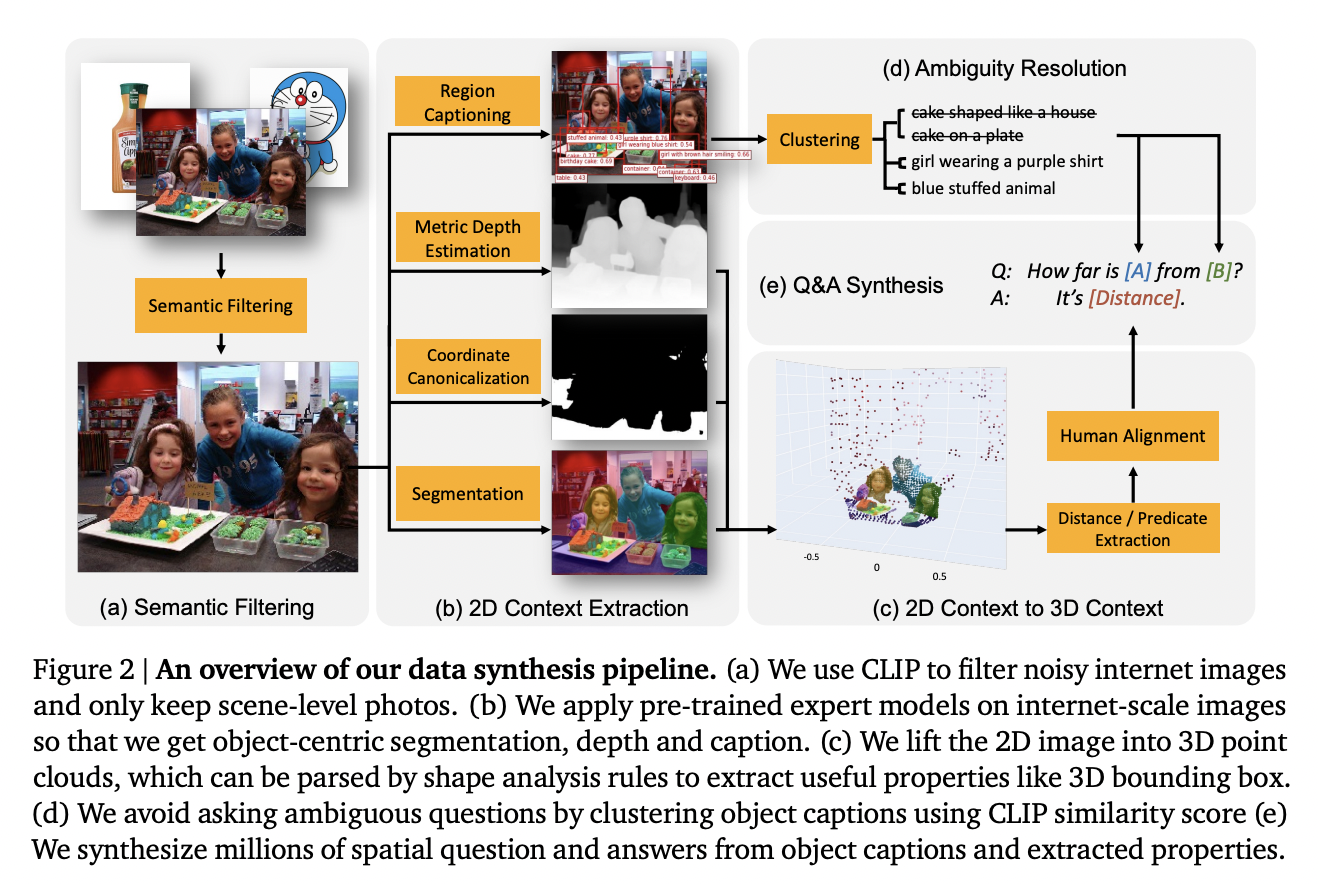Text-to-image generation has evolved significantly, a fascinating intersection of artificial intelligence and creativity. This technology, which transforms textual descriptions into visual content, has broad applications ranging from artistic endeavors to educational tools. Its capability to produce detailed images from text inputs marks a substantial leap in digital content creation, offering a blend of technology and previously unattainable creativity.
A primary challenge in this domain has been generating varied and high-quality images from user inputs. Despite their capabilities, existing models often necessitate precise and elaborate user prompts. These models yield repetitive results, limiting their utility for users seeking diverse and innovative visual representations. The challenge intensifies when users, despite their efforts in prompt engineering – tweaking text inputs for desired image outputs – still face limitations in the diversity and quality of the generated images.
In addressing this limitation, the ‘Prompt Expansion’ concept emerges as a game changer. This innovative approach created by Google Research, University of Oxford, and Princeton University researchers assist users in creating a broader range of visually appealing images with minimal effort. It expands a user’s initial text query into enhanced prompts. When fed into a text-to-image model, these enriched prompts lead to the generation of a more varied set of images, significantly improving both quality and diversity.
The methodology behind Prompt Expansion is intricate and thoughtfully designed. The process begins with the user’s original text prompt, which is then enriched with carefully selected keywords and additional details. These enhancements are not random but are strategically chosen to increase the visual appeal and diversity of the resulting images. This model was meticulously developed using a dataset comprising aesthetically pleasing photos. This dataset played a crucial role in fine-tuning the prompts to ensure optimal outputs. By analyzing these high-quality images and their corresponding textual descriptions, the model learns to generate prompts that are more aligned with the user’s initial query and enriched in a way that leads to more visually compelling and varied images.
The performance of this innovative Prompt Expansion model is noteworthy. Human evaluations have demonstrated that images created using this method are significantly more diverse and aesthetically pleasing than those produced by conventional methods. This advancement signifies a substantial enhancement in the variety and quality of images generated from text prompts. The success of Prompt Expansion is marked not only by the increased satisfaction of users with their visual outputs but also by the reduced effort required in crafting detailed prompts.
In summary, the research and development of the Prompt Expansion method marks a significant milestone in text-to-image generation technology. By addressing the critical issue of generating diverse and high-quality images from text, this method opens new avenues for creative and practical applications. The technology stands out for its ability to transform basic text inputs into a rich array of visually appealing images, making it an invaluable tool for users across various domains. The potential applications of this technology are vast, ranging from aiding designers in brainstorming sessions to helping educators create engaging visual content. In essence, Prompt Expansion enhances text-to-image models’ functionality and makes them more accessible and effective for a wider range of users.
Check out the Paper. All credit for this research goes to the researchers of this project. Also, don’t forget to join our 35k+ ML SubReddit, 41k+ Facebook Community, Discord Channel, LinkedIn Group, and Email Newsletter, where we share the latest AI research news, cool AI projects, and more.
If you like our work, you will love our newsletter..
Muhammad Athar Ganaie, a consulting intern at MarktechPost, is a proponet of Efficient Deep Learning, with a focus on Sparse Training. Pursuing an M.Sc. in Electrical Engineering, specializing in Software Engineering, he blends advanced technical knowledge with practical applications. His current endeavor is his thesis on “Improving Efficiency in Deep Reinforcement Learning,” showcasing his commitment to enhancing AI’s capabilities. Athar’s work stands at the intersection “Sparse Training in DNN’s” and “Deep Reinforcemnt Learning”.



